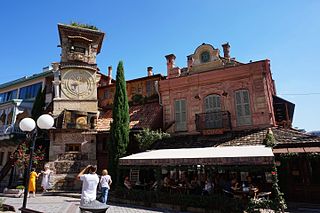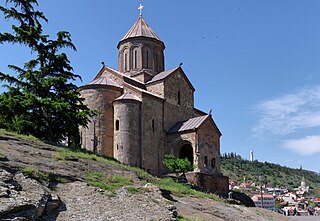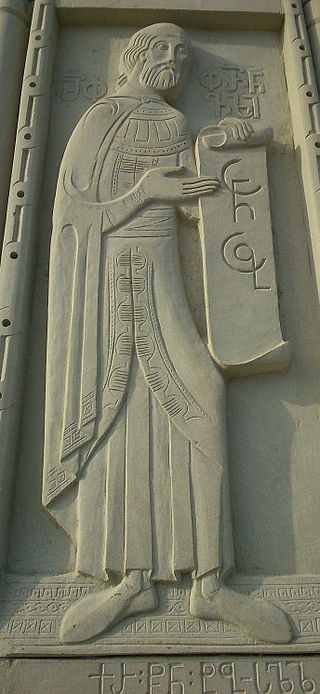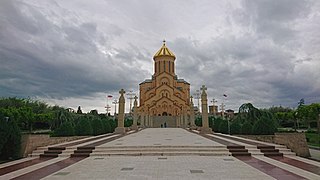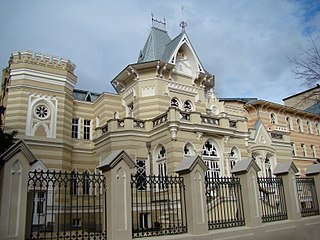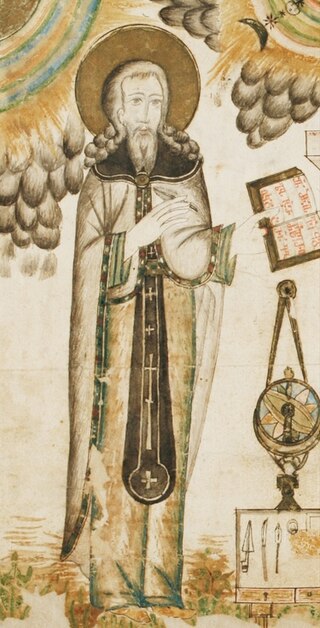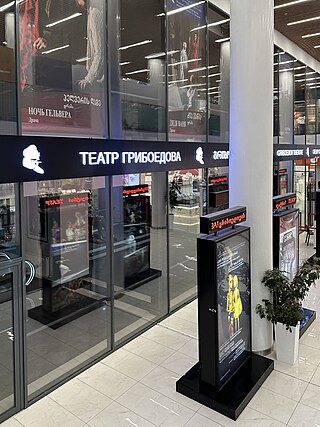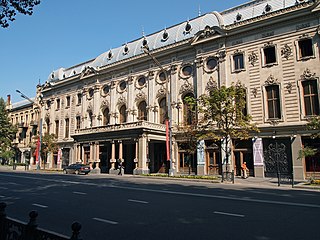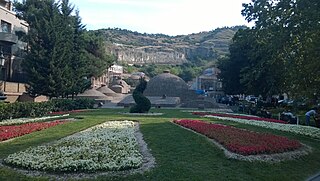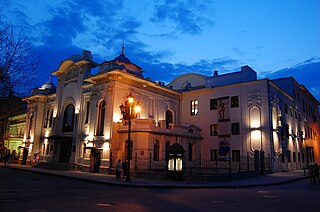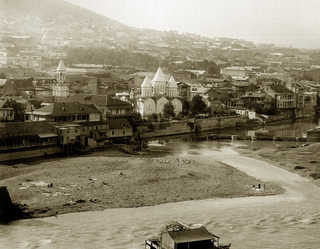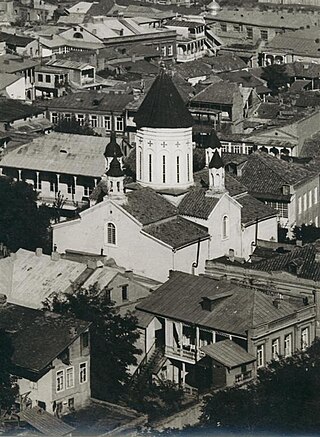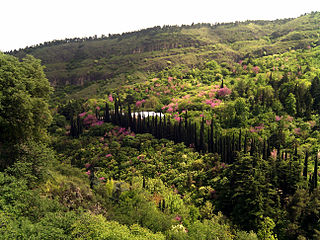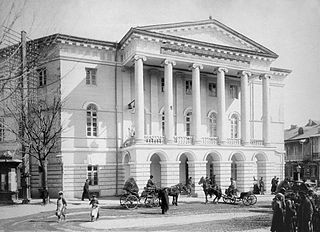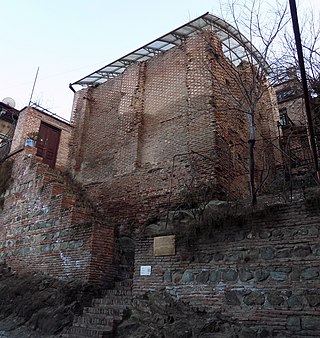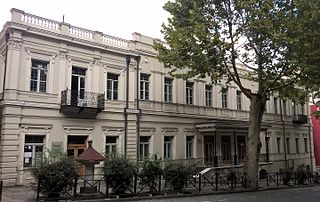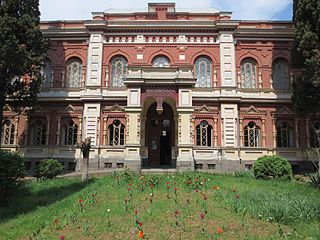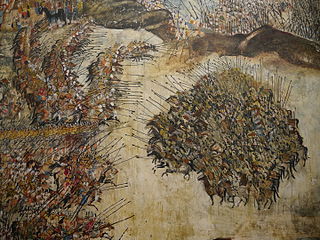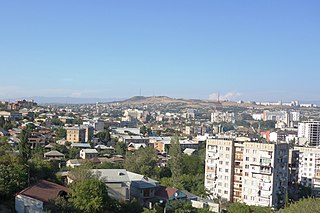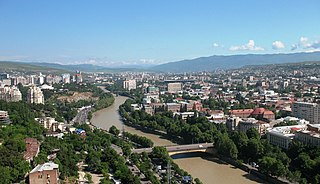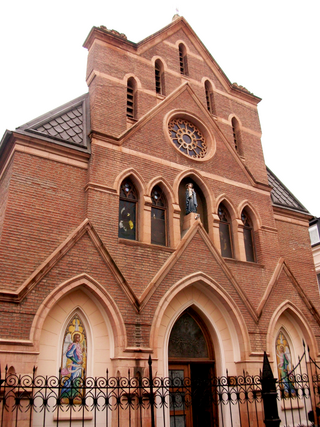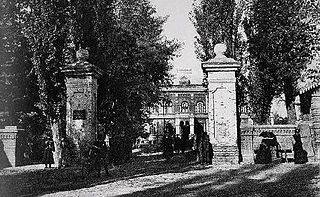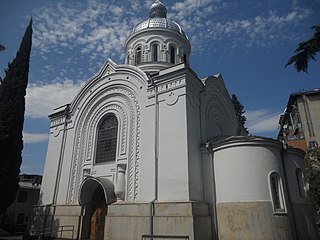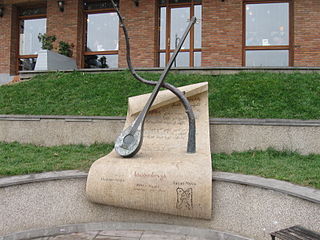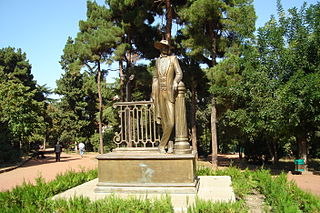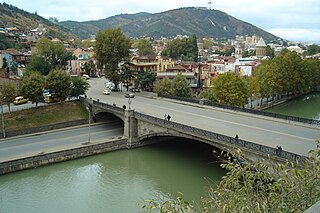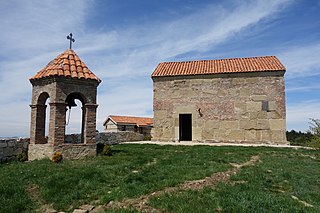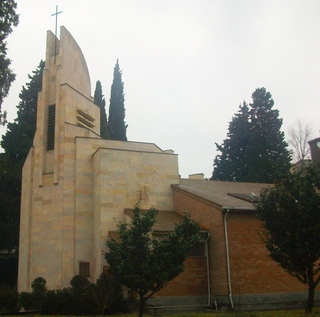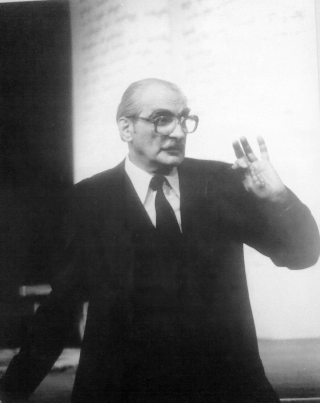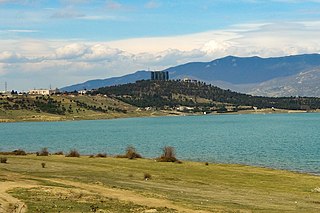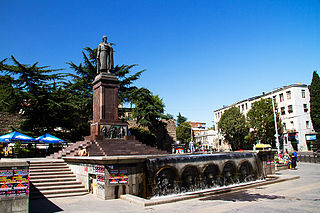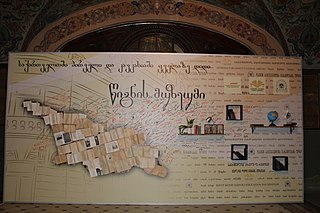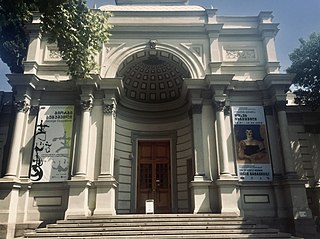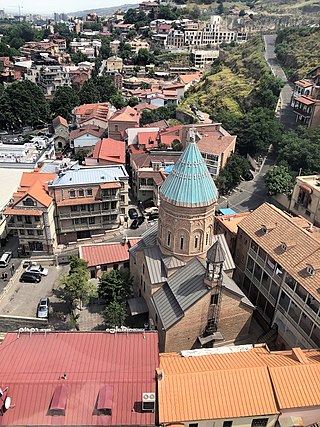47 Sights in Tbilisi, Georgia (with Map and Images)
Legend
Premium Sights
Book tickets, guided tours and activities in Tbilisi.
Guided Free Walking Tours
Book free guided walking tours in Tbilisi.
Welcome to your journey through the most beautiful sights in Tbilisi, Georgia! Whether you want to discover the city's historical treasures or experience its modern highlights, you'll find everything your heart desires here. Be inspired by our selection and plan your unforgettable adventure in Tbilisi. Dive into the diversity of this fascinating city and discover everything it has to offer.
Sightseeing Tours in TbilisiActivities in TbilisiThe Tbilisi State Marionette Theater named after Rezo Gabriadze is a cultural institution in Tbilisi. It is located in the historical district of the Old Town, on Shavteli Street, 13. A landmark of the city.
Wikipedia: Тбилисский государственный театр марионеток имени Резо Габриадзе (RU), Facebook, Website Booking, Tripadvisor, Instagram, Website
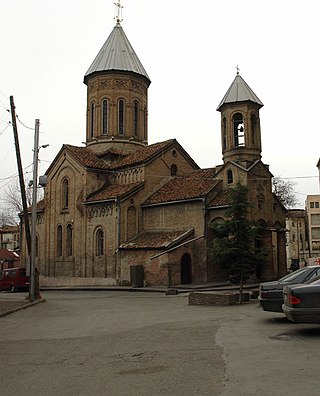
Tbilisi Holy Trinity Church – Georgian Orthodox Church of the XVIII-XIX centuries in Tbilisi, in the old part of the city (Kaloubani). It is located on Eros Manjgaladze Street (No6), behind the building of the National Library of the Parliament of Georgia. The name "Old Trinity Church" was spread after the construction of the Holy Trinity Cathedral in Tbilisi.
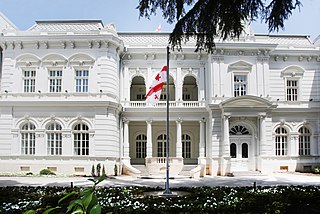
The Orbeliani Palace or the Atoneli Residence is the official residence of the president of Georgia. It is located on Atoneli Street in Central Tbilisi. It was once home to Elizabeth Orbeliani, a Georgian poet and the country's first female academic.
4. Metekhi Church
The Metekhi church of the Nativity of the Mother of God, known simply as Metekhi, is a Georgian Orthodox Christian church located on the left bank of the river Kura. It sits on the Metekhi Cliff opposite the old town of Tbilisi. Much of the existing structure dates back to the Middle Ages and was built between 1278 and 1289 AD under the reign of King Demetrius II of Georgia, although oral tradition traces Metekhi's origins further to the 5th century.
5. Pharnavaz I
Pharnavaz I was a king (mepe) of Kartli, an ancient Georgian kingdom known as Iberia in classical antiquity. The Georgian Chronicles credits him with being the first monarch founding the kingship of Kartli and the Pharnavazid dynasty, while other independent chronicles, such as The Conversion of Kartli make him the second Georgian monarch. Based on the medieval evidence, most scholars locate Pharnavaz's rule in the 3rd century BC: 302–237 BC according to Prince Vakhushti of Kartli, 299–234 BC according to Cyril Toumanoff and 284–219 BC according to Pavle Ingoroqva. Pharnavaz's rise, advent and imperial expansion of the Iberian monarchy was directly tied to the victory of Alexander the Great over the Achaemenid Empire. Pharnavaz ruled under the suzerainty of the Seleucid Empire.
6. Holy Trinity Cathedral of Tbilisi
The Holy Trinity Cathedral of Tbilisi, commonly known as Sameba, is the main cathedral of the Georgian Orthodox Church located in Tbilisi, the capital of Georgia. Constructed between 1995 and 2004, it is the third-tallest Eastern Orthodox cathedral in the world and one of the largest religious buildings in the world by total area. Sameba is a synthesis of traditional styles dominating the Georgian church architecture at various stages in history and has some Byzantine undertones.
7. Georgian State Museum of Theatre, Music, Cinema and Choreography
Art Palace of Georgia - Museum of Cultural History also referred to as Art Palace, is located in Tbilisi, Georgia. It is located on Kargareteli Street #6, and was the former Graph Oldenburg's Palace. The museum's exhibition halls are open from Tuesday till Sunday
Wikipedia: Art Palace of Georgia - Museum of Cultural History (EN)
8. სულხან-საბა ორბელიანი
Prince Sulkhan-Saba Orbeliani, known simply as Sulkhan-Saba, was a Georgian writer and diplomat. Orbeliani is noted in part due to his important role as an emissary of Georgia to France and the Vatican, where he vainly sought assistance on behalf of his beleaguered King Vakhtang VI.
9. Tbilisi Opera and Ballet State Theatre
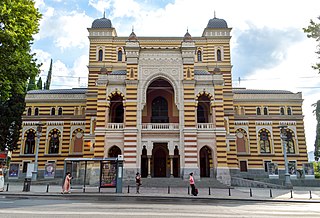
The Georgian National Opera and Ballet Theater of Tbilisi, formerly known as the Tiflis Imperial Theater, is an opera house situated on Rustaveli Avenue in Tbilisi, Georgia. Founded in 1851, Tbilisi Opera is the main opera house of Georgia and is among the oldest opera houses in Eastern Europe.
10. Sioni Cathedral of the Dormition
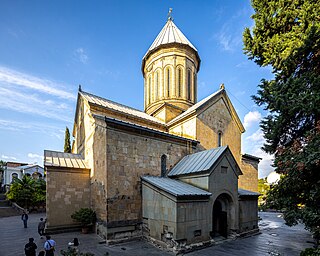
The Sioni Cathedral of the Dormition is a Georgian Orthodox cathedral located in Tbilisi, the capital of Georgia. Following a medieval Georgian tradition of naming churches after specific places in the Holy Land, the Sioni Cathedral bears the name of Mount Zion at Jerusalem. It is commonly referred to as the "Tbilisi Sioni" to distinguish it from other churches in Georgia with the same name.
11. Georgian Museum of Fine Arts
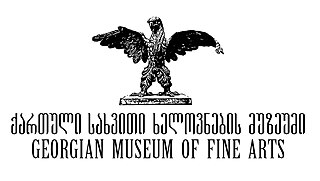
Georgian Museum of Fine Arts is a private art museum located on the Rustaveli Avenue in Tbilisi, Georgia (country). The construction broke ground in 2013 and is the only building in Georgia built purposely to house art exhibitions. The museum official opening was held on September 26, 2018, while it opened to the public on October 2, 2018. The museum houses over 3500 artworks, created by over 80 artists during the last 70 years. The museum exhibits private art collection of the family of Dr. George (Gia) Jokhtaberidze and Manana Shevardadze, founders of Magticom, the largest telecommunications company in Georgia.
Wikipedia: Georgian Museum of Fine Arts (EN), Website, Facebook
12. Georgian National Academy of Sciences
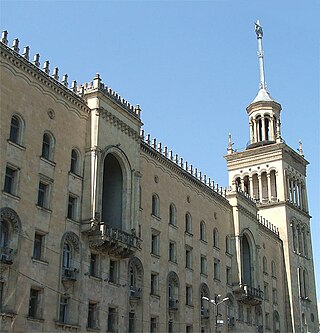
The Georgian National Academy of Sciences (GNAS) is a main learned society of the Georgia. It was named Georgian SSR Academy of Sciences until November 1990. The Academy coordinates scientific research in Georgia and develops relationship with the academies and scientific centers of foreign countries.
13. Alexander Griboedov State Theatre
The Tbilisi State Academic Russian Drama Theater named after A. S. Griboyedov is a drama theater in Georgia, located in Tbilisi on Rustaveli Avenue, 2/4. Since 2017, the theater building has been integrated into the Tbilisi Gallery shopping center.
Wikipedia: Тбилисский русский драматический театр имени А. С. Грибоедова (RU), Website
14. Kldisubani Church of Saint George
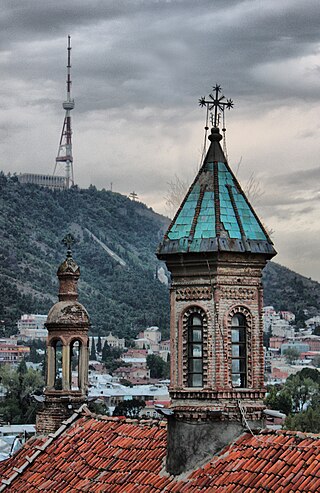
The Kldisubani St. George Church or Qarapi Saint Gevorg church is an 18th-century church at the foot of the Narikala citadel in Old Tbilisi, Georgia. The church is single-naved and was built in 1753. The Georgian Orthodox Church was built on the site of an ancient Georgian church which was built during the reign of St. King Vakhtang I of Iberia. The church was reconstructed with the help of Armenian merchant Petros Zohrabian and his wife Lolita and the restoration held by them in 1735, what makes the church one of the most important examples of Georgian-Armenian friendship and cooperation.
15. Rustaveli National Theatre
Rustaveli National Theatre is the largest and one of the oldest theaters of Georgia, located in its capital Tbilisi on Rustaveli Avenue. Housed in an ornate Rococo-style edifice, the theatre was founded in 1887 and since 1921 has carried the name of Georgia's national poet Rustaveli.
Wikipedia: Rustaveli Theatre (EN), Website, Heritage Website
16. Heydar Aliyev Park
Heydar Aliyev Square is a square in the city of Tbilisi. It was opened on June 14, 2004. The square is located in one of the historical districts of Tbilisi - in Abanotubani. In some sources it is referred to as a park.
17. Marjanishvili State Academic Drama Theatre
Kote Marjanishvili State Academic Drama Theatre is a state theatre in Tbilisi, Georgia. It is one of the oldest and most significant theatres in the country, coming second perhaps only to the national Rustaveli Theatre.
18. Vank Armenian Cathedral Belltower
The Church of the Holy Mother of God of the Mens Monastery, also known as Pashavank was an Armenian Apostolic church in the city of Tbilisi located on the right bank of the Kura River. It was destroyed by the Bolsheviks in 1938.
19. Museum of the Soviet Occupation
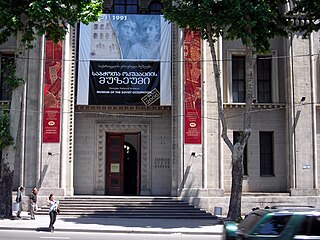
The Museum of the Soviet Occupation is a history museum in Tbilisi, Georgia, documenting the seven decades of the Soviet rule in Georgia (1921–1991) and dedicated to the history of the anti-occupational, national-liberation movement of Georgia, to the victims of the Soviet political repressions throughout this period. It was established on May 26, 2006. The museum is a part of the Georgian National Museum (GNM).
Wikipedia: Museum of Soviet Occupation (Tbilisi) (EN), Website
20. Saint Gevorg of Mughni Church
The Saint Gevork of Mughni Church also known as Saint George of Mughni Church is a 13th-century Armenian church in Tbilisi, Georgia that was entirely rebuilt in 1756. It is made of brick and its architectural typology is that of a cross within a rectangular perimeter, with four free-standing supports.
21. National Botanical Garden
The National Botanical Garden of Georgia, formerly the Tbilisi Botanical Garden, is located in Tbilisi, capital of Georgia, and lies in the Tsavkisis-Tskali Gorge on the southern foothills of the Sololaki Range. It occupies an area of 161 hectares and possesses a collection of over 4,500 taxonomic groups.
Wikipedia: National Botanical Garden of Georgia (EN), Website, Youtube
22. Tbilisi Zoo

The Tbilisi Zoological Park is the oldest and largest zoo in Georgia, in the country's capital of Tbilisi. Founded in 1927, it is located in the Vere River valley in central Tbilisi. The zoo was heavily affected by a flood on 14 June 2015, leaving many of its inhabitants dead or on the loose. Prior to that, the zoo occupied the area of approximately 120 hectares and was populated by around 300 species, native to the Caucasus as well as other regions of the world.
23. Shalva Amiranashvili State Museum of Arts of Georgia
The Art Museum of Georgia (AMG) (Georgian: საქართველოს ხელოვნების მუზეუმი, sak'art'velos khelovnebis muzeumi), alternatively known as Shalva Amiranashvili Museum of Fine Arts, is one of the leading museums in the country of Georgia. Falling under the umbrella of the Georgian National Museum, AMG is located near Freedom Square, Tbilisi and possesses around 140,000 items of Georgian, Oriental, Russian, and other European art.
24. Ateshgah
The Atashgah, also transcribed as 'Ateshgah is an ancient Zoroastrian fire temple in Tbilisi, Georgia. It was built when Georgia was a part of Persian Empire in Sasanian era. It is described as the "northernmost Zoroastrian fire-temple in the world."
25. Betlemi Lower Church
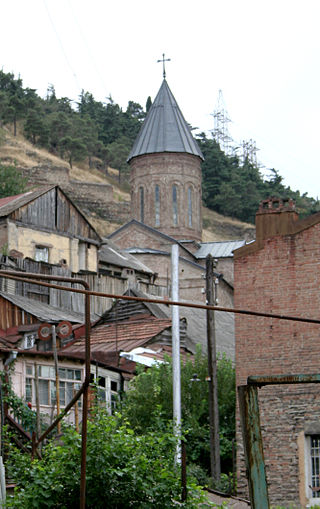
The Lower Bethlemi Church(Georgian: ქვემო ბეთლემის ეკლესია), also known as the Church of Saint Stepanos of the Holy Virgins or Koosanats Sourb Stepanos Vank) – is a 14th–19th-century church at the foot of Narikala fortress in Old Tbilisi, Georgia. It was rebuilt between 1868 and 1870 and operated as an Armenian church. In 1988 it was given to the Georgian Orthodox and its Armenian identity was "Georgianized" in 1991.
26. Giorgi Leonidze State Museum of Literature
Giorgi Leonidze State Museum of Literature, Georgia was founded in 1930 upon the initiative of David Arsenishvili, a legendary museum-founder, who also was the creator of Tbilisi Theater Museum, and later the famous Andrej Rublow museum in Moscow.
27. Georgian National Museum
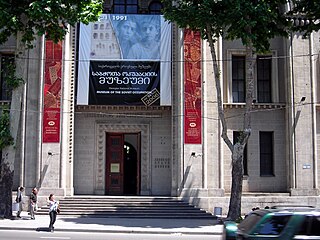
The Georgian National Museum unifies several leading museums in Georgia. The museum was established within the framework of structural, institutional, and legal reforms aimed at modernizing the management of the institutions united within this network, and at coordinating research and educational activities. Since its formation on December 30, 2004, the Museum has been directed by professor David Lordkipanidze.
28. State Silk Museum
LEPL State Silk Museum — Tbilisi Silk Museum. The museum is one of the oldest among Georgian museums – founded in 1887 and was part of the Caucasus Silk Station. The present building of the Silk Museum was laid down on October 9, 1889, and built by Alexander Shimkevich in 1892. The building currently has the status of a cultural real monument of the category of national importance. The museum has a diverse collection of silk collections, both locally produced and exhibited from 61 countries around the world. About 3,000 people visit the museum each year.
29. 300 Aragveli Memorial
The Three Hundred Aragvians is the name by which the Georgian historiography refers to a detachment of the highlanders from the Aragvi valley who fought the last stand at the battle of Krtsanisi, defending Tbilisi against the invading Qajar army in 1795. The Georgian Orthodox Church had the 300 Aragvians and those who fought and died in the battle canonized as martyrs in 2008.
30. Freedom Monument
The Freedom Monument, commonly known as the St. George Statue, is a memorial located in Tbilisi, Georgia, dedicated to the freedom and independence of the Georgian nation. Unveiled in 2006 in Tbilisi's central square, the monument of granite and gold is 35 metres (115 ft) high and is easily spotted from any point of the city. The actual statue — 5.6 metres (18 ft) tall, made of bronze and covered with gold — is a gift to the city from its creator, Georgian sculptor Zurab Tsereteli.
31. Makhata
Mahata is a mountain in Georgia, in the northern part of Tbilisi, between the eastern edge of the city and the "Tbilisi Sea", 632.6 m above sea level. It is located on the left side of the Mtkvari River and is part of its old terrace. It is built with top-tiered clays and sandstones, covered with quaternary alluvial sediments from above. Characterized by a flattened goat. East and south slope dam, western and northern steep. The mountain is followed by an administrative border between Didube-Chugureti and Isani-Samgori districts of Tbilisi.
32. Galaktion Tabidze Bridge
Galaktioni Bridge is a bridge in the city of Tbilisi, on the Mtkvari River, in the Veri district. Built in 1952. The bridge replaced the Vera Bridge previously existing here. The bridge is Sammaliani, covered with Algeti basalt and Bolnisi tuff. In 1952-1990 the Elbakidze Bridge was renamed and in 1990-1999 the Vera Bridge was built. In 1999 he was named after the poet Galaktion Tabidze.
33. Catholic Cathedral of the Assumption of the Holy Virgin Mary
The Cathedral of the Assumption of the Virgin or the Catholic Church of the Ascension of the Virgin Mary It is a Roman Catholic cathedral in Tbilisi, the Georgian capital. It is the seat of the Latin Apostolic Administration of the Caucasus which it was created in 1993 with the decree Quo aptius.
Wikipedia: Cathedral of the Assumption of the Virgin, Tbilisi (EN)
34. Mushthaidi Garden
The Musthaid Garden was established between the 1830s and 1840s, by Mir-Fatah-Agha, a high-ranked Shia Muslim religious leader of the Persian Shiites - a Mujtahid, who fled from Iran to Tiflis (Tbilisi) during the Persian Qajar dynasty. According to the legend, Mir-Fatah-Agha chose Tbilisi as his residence place due to his love to his Georgian wife who died earlier.
35. St. Mariam Church
Didube Church of the Virgin Mary is a Renaissance-Baroque style domed Orthodox church on Tsereteli Avenue in Tbilisi, Didube. Built in 1884. In 1979-1988 the church was painted by A. Bandzeladze. Today's church is likely to stand on the site where the church associated with the name of Queen Tamar was located, which has been demolished and rebuilt many times over the centuries of its centuries.
36. Sayat Nova
The monument to Sayat-Nova is in Tbilisi, installed in the historical district of the Old City, on Vakhtang Gorgasali Square. It is a composition of stylized branches of a pomegranate tree and a panduri. The authors of the monument are sculptors Gia Japaridze and Kakha Koridze.
37. Park of 9th April
April 9 Garden, Division. the upper part of Alexander's Garden, Commune Garden, a garden in the central part of the city; The city's first public recreation park. It is spread on two levels of relieved terrain, in the direction of the right bank of the Mtkvari River northeast of Rustaveli Avenue. Currently, the garden is divided into two parts by R. Tabukashvili Street, the lower part is named after Giorgi Leonidze.
38. Metekhi Bridge
Metekhi Bridge is a bridge on the Mtkvari River in Tbilisi. It is built in the narrows of the Metekhi cliff, where the river bed is most oppressed on the site of historical bridges, Avlabri and Donkey bridges.
39. Udzo
Udzo is a mountain in Georgia, Tbilisi. It is located on the southeast branch of the Trialeti Range on the Mtatsminda Range. The height is 1416 m above sea level. It is built with top-ground plaster clays and sandstones. Udzo skirts are wrapped in a shrub, and the apex with grass.
40. Evangelical Lutheran Reconciliation Church
Evangelical-Lutheran Church of Tbilisi Reconciliation is the only active Lutheran church in Tbilisi and the center of the Lutheran Church in Georgia. It is located on the left side of the Mtkvari, in Chugureti district, Akhland. On Terenti Granelli Street, on the territory of the Lutheran Old Cemetery, the complex was built in 1996–1997.
Wikipedia: თბილისის შერიგების ლუთერანული ეკლესია (KA), Website
41. Blue Monastery
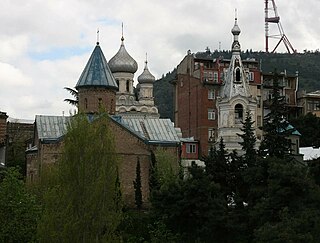
The Lurji Monastery, that is the "Blue Monastery", is a 12th-century Georgian Orthodox church built in the name of Saint Andrew in the Vere neighborhood of Tbilisi, Georgia. The popular historical name lurji ("blue") is derived from its roof, adorned with glazed blue tile.
42. M. Tumanishvili Cinema Actors' Theatre
Mikheil Ivanovich Tumanishvili, born 6 february 1921, died 11 May 1996, was a Georgian theater director and teacher. He was a student of Georgy Tovstonogov at the Tbilisi State Theater Institute and graduated in 1948. Tumanishvili is the founder of 1978 established Tumanishvili Film Actors Theatre in Tbilisi. As a director, his work was mostly based on improvisation.
43. Mount Kenisi
Ehena Mountain is a mountain in Georgia, Tbilisi, Gldani district. It is located on the north-west coast of the Tbilisi Sea, with a height of 629 meters above sea level. It is built with oligotsen-subdamocene plaster clays and sandstones. It has rather steep slopes, has the shape of a cone and is symmetrical. Characterized by the Jaggeklian-steppe landscape.
44. Shota Rustaveli
Şota Rustaveli heykəli – Gürcü ədəbiyyatının klassiki və ictimai-siyasi xadim Şota Rustavelinin şərəfinə, Tbilisi şəhərində onun adını daşıyan prospektin başlanğıcında ucaldılmış heykəlidir. Abidənin müəllifi heykəltaraş Konstantin Merabaşvilidir.
45. Museum of books
Book Museum is a museum in Tbilisi, which opened on November 17, 2017 in the first building of the National Library of the Parliament of Georgia. It is the first in Georgia and the largest in the Caucasus. The museum was opened on the initiative of the Director General of the National Library, Giorgi Kekelidze.
46. National Gallery of Georgia
Dimitri Shevardnadze National Gallery – Art Gallery in Tbilisi, part of the Georgian National Museum. The gallery building is an immovable monument to the culture of the category of national importance. Located at 11 Rustaveli Avenue in Tbilisi. Also known among the people as the "Blue Gallery".
47. Armenian Cathedral of Saint George
Tbilisi Surb Gevorg Cathedral, Surfgevorch is an Armenian church built in 1251 in the district of Old Tbilisi (Medan). The Cathedral of the Armenian Diocese of Georgia – a large church of Fortress is located at 5 Samgebro Street.
Share
How likely are you to recommend us?
Disclaimer Please be aware of your surroundings and do not enter private property. We are not liable for any damages that occur during the tours.
